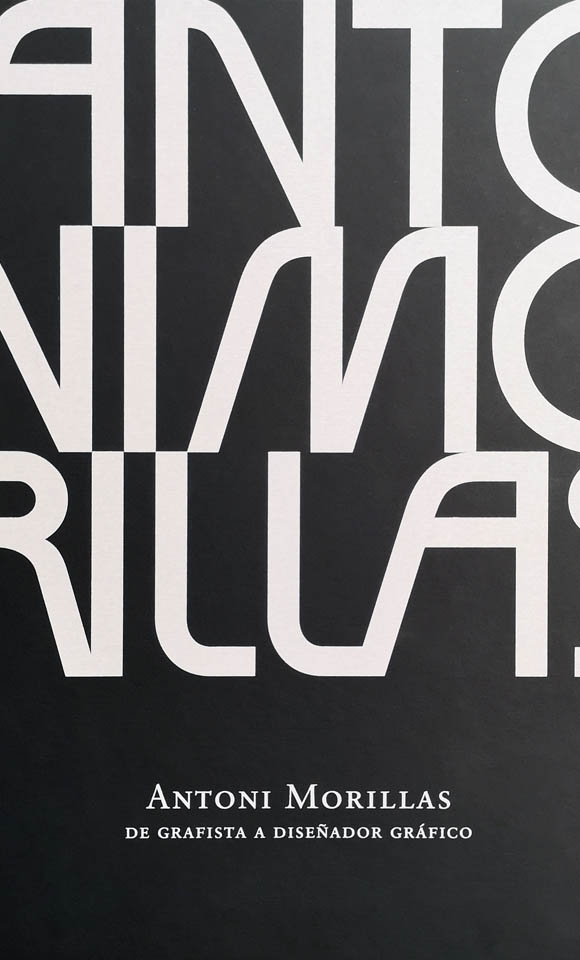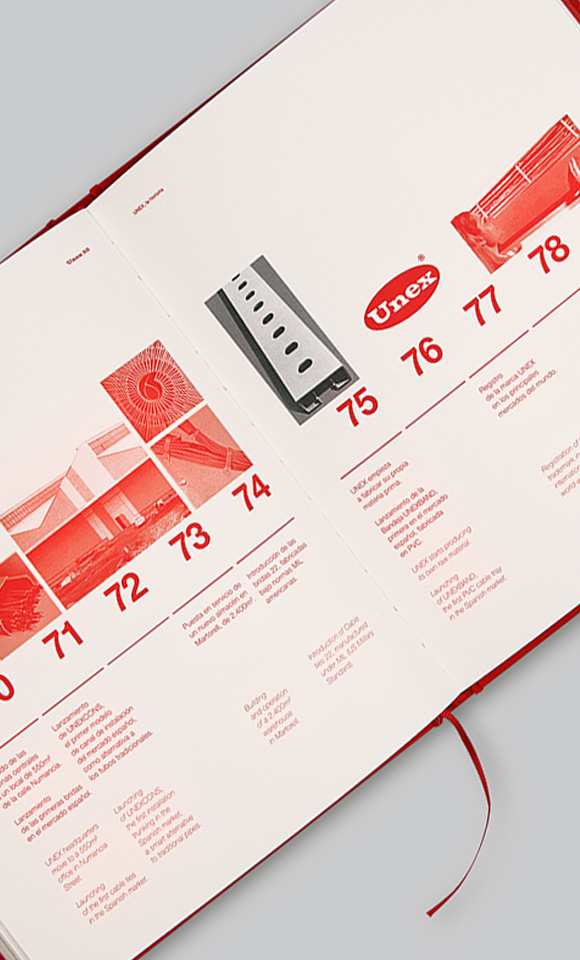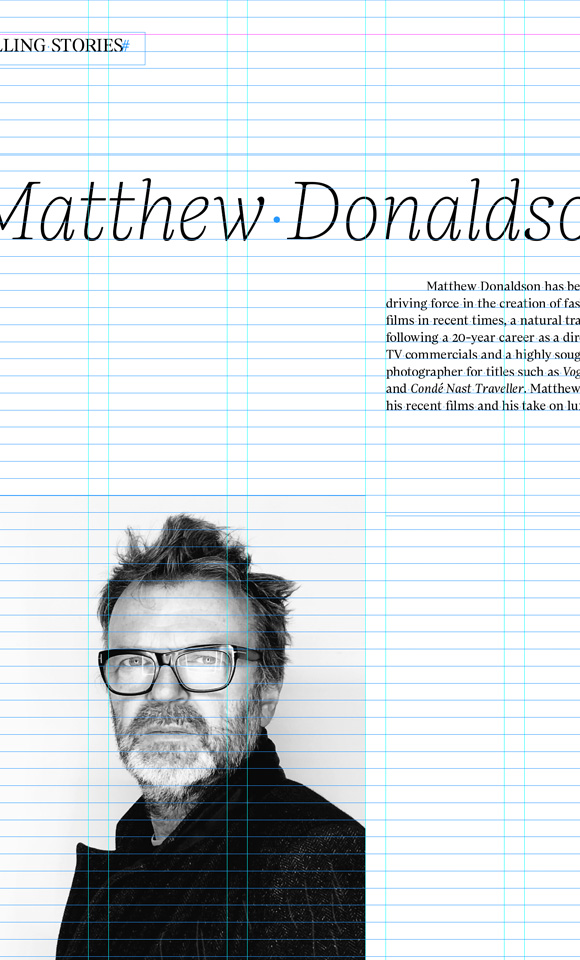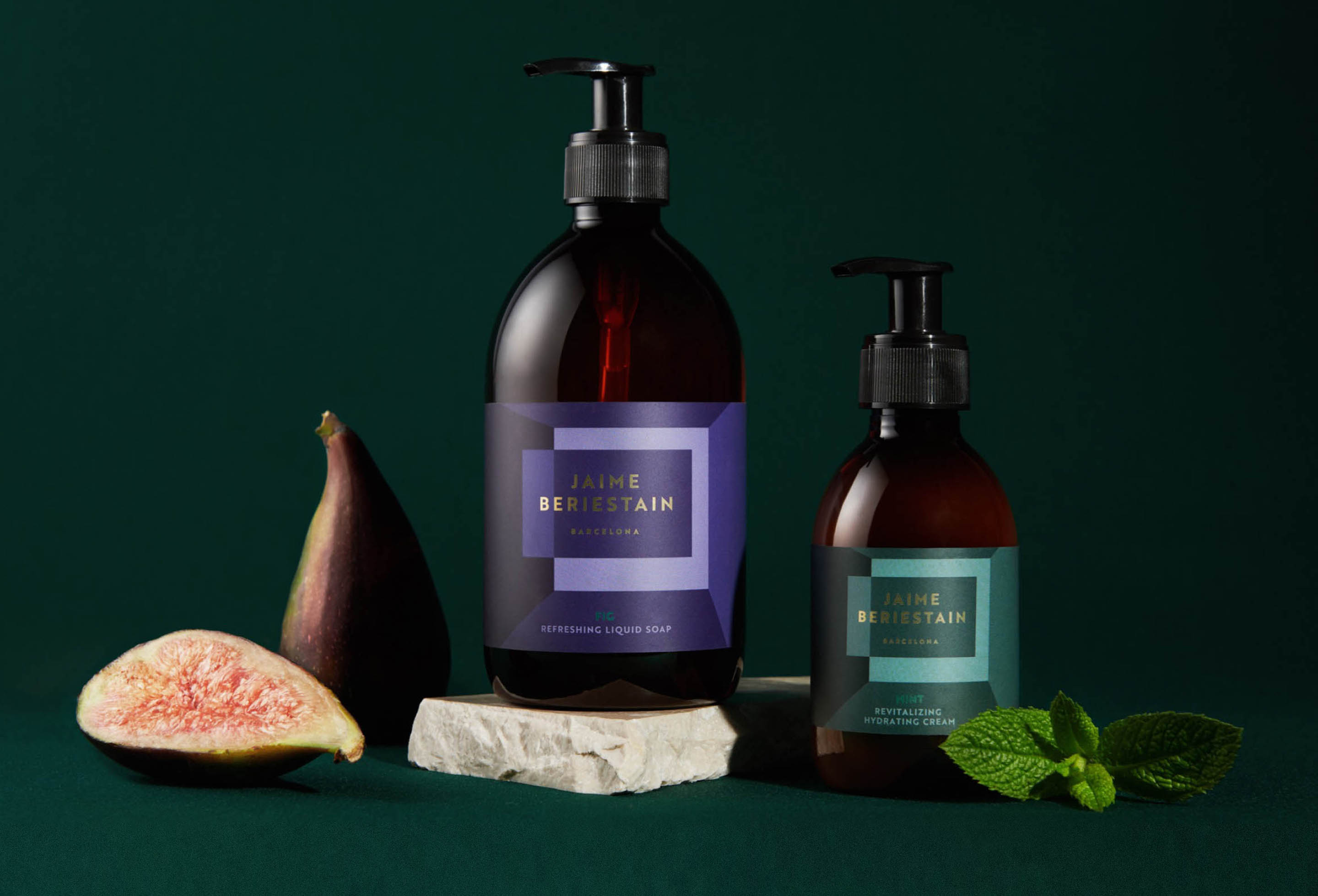Editorial
Design

Editorial design is the sub-discipline within the world of graphic design that is responsible for the development, layout and composition of all types of publications, whether they’re printed or digital. It consists of the combination of images, text, or both. In editorial design, the graphic composition of each page and the distribution of the elements that comprise it is studied in detail, in order to achieve the most effective possible combination of form and content.
Some people liken it to a form of visual journalism, as unlike other sub-disciplines of graphic design, it does not have to be exclusively linked to the promotion of a product or service.
Its objective is related to entertainment, information, communication, education, or in the development of a piece that combines several of these actions.

Why do we
need one?
Editorial publications serve to captivate the public and attract the reader's attention by applying design principles to words and images, to bring personality and expressiveness to the content. Their aim is to communicate and therefore they are an ideal medium to convey the ideas, stories and narratives of brands to their different audiences.
Each publication should be perceived as an image and design project in its own right to ensure that its message is conveyed in the best possible way. In the digital medium, the composition is as important as the user experience, bearing in mind that the final publication format may vary depending on the device on which it is to be consumed.
What’s more, editorial publications have the inherent capacity to bear witness to their era, as they can capture the spirit and reflect the culture of the different decades in which they have been produced.
What does it
consist of?
1
The brand and the message
When we produce a new publication, we must establish its identifying features, its brand message and the values it should reflect. A clear definition of these aspects will help to specify the expressive tone of the editorial piece.
It is also very important to keep the target audience in mind, as the formal resources that can be used according to age, for example, can be broader or more limited in order to guarantee perfect legibility of the piece.
Another key point in editorial design is to find the perfect balance of a piece in order to give it a recognizable style and at the same time make each issue different from the previous one.

2
The format
This is the size of the work area and therefore of the publication. It often responds to standard measurements, which may be subject to the type of publication. For example, newspaper formats follow similar proportions, ranging between three main formats: broadsheet, Berliner and tabloid. Magazines also move in similar ranges depending on the subject matter, although the range is much wider.
Intentionality in defining the format is also a means of expression and an element that brings a certain character to an editorial publication.

3
The cover
The cover or title page, depending on the type of piece, is the most important part of any publication. Its task, like that of the silent salesperson, is to act as a sales pitch and to capture the attention of its target audience. It is the first space where the editorial publication has the opportunity to launch its message and express its visual image.
We can find different types of covers, those made purely with text, those with abstract compositions, or figurative covers where the use of photography or illustration is a vitally important element.
Covers should be eye-catching in order to stand out from competitors, but they should not be strident designs. Through the discipline of design, it is possible to stand out through the use of carefully selected resources.

4
The header
The header is the logo of a magazine and the main element of the cover. It is built from the name of the publication and, like any other graphic brand, its mission is to transmit the personality of the publication, giving it specific characteristics and differentiating it from its competitors. To all intents and purposes, the header is the brand image of the publication. Therefore, we must consider that, apart from the use of the magazine itself, it will also be the identifying element of the magazine, acting as a standalone or as part of other promotional or corporate materials.

5
The interiors
This is the bulk of the editorial piece and the most complex part of any publication. In order to design it, a basic grid must be established, the content must be understood and managed, and a flatplan must be made to organize the general layout. The grid can be variable in order to facilitate the creation of different pages within the same style: variations in column width, headline sizes, highlight sizes and other resources applicable to the different text and image elements that compose the publication.
All publications should have a table of contents. The remaining pages will vary depending on the type of publication we are developing, with a structure of fixed or variable parts depending on whether it is a book, magazine, newspaper, catalogue, etc.
Correct development in the layout of the inner pages requires deep knowledge of all the technical terminology regarding the treatment of the text and its uses, which will also change depending on the type of publication we are working on. Other factors such as photographic art direction, image treatment or illustration are also key elements with which we will be able to provide the publication with the necessary expressiveness to meet its communicative objectives.

6
The grid
The grid is the set of vertical and horizontal lines that function as a basic template and serve to set the margins of the work area, helping to distribute all the elements that make up the page in an orderly and coherent manner, so that a certain homogeneity is achieved in the publication. Every editorial piece consists of a base grid that is not printed and is only visible to the designer. Each time we start an editorial project, we need to create a specific grid that responds to the characteristics of the project in question.

FAQS
-
What does layout mean?
Layout is the graphic composition of the inner pages and covers of a publication, distributing all the elements that it contains (texts, headlines, images, illustrations and/or infographics) from a cross-linked sketch, and achieving a good esthetic balance.
-
What does good editorial design look like?
A good editorial design manages to combine form and content, and to transmit the message to the reader quickly and pleasantly, without difficulty or interference, and without neglecting its esthetic appearance. To achieve this, it is essential to use a basic grid that helps us to organize the elements to be laid out and to take into account technical parameters such as legibility, kerning, content hierarchy and the correct composition of white space.
We also design with the audience in mind, in order to capture their attention. -
What is the flatplan?
The flatplan, also known as the dummy or template, is a page plan that serves to structure the content of a publication and organize all its pages, which are visualized as a sequence. The content to be placed on each page is displayed schematically.
-
What types of publications exist?
We can determine two main groups of publications according to their visualization: printed formats and digital formats. It is essential to define the medium on which to work because the way in which we design each project depends on it. The printed format generates a physical experience and allows us to play with colors, textures, smells and shapes, while the digital format enables interactive and audiovisual experiences. Examples of publications are elements such as brochures, catalogues, newsletters, reports, yearbooks, magazines, newspapers and books. All of them are susceptible to having both a digital and a printed version.
Let's talk
Together,we cancreatesomethingextraordinary
We will collaborate to find the right answer and bring progress to your business and to the world.






